There are three key ingredients to successful inshore fishing. Clean water is one of them, but what exactly does it look like?
How to Judge Water Clarity
This is something that can be difficult to grasp if you haven't seen it. Hopefully I can "clear" things up and help you recognize what clean water looks like.
What I have here is just a guideline. You can use this to get an idea where to start if you are not familiar with judging water clarity.
Best Way to Learn Water Clarity
Spending time on the water is good, but it's not enough. You must pay attention to the conditions and make mental notes of them.
I am always looking at the water, even if I don't intend to fish that area. Keeping fishing reports helps me remember where and what I observed.
How I do it
I judge water clarity by how well I can see my lower unit and prop. This serves as a standard for each fishing trip since the lower unit is always at the same depth.
Over time, I was able to gain experience as to what was "good" water and what was "bad". I can tell you all day what delineates the difference, but in the end just seeing it for yourself probably helps the most.
There are days where I cannot see the prop, making it "bad" water and there are days when it looked as if the whole motor was suspended in the air. Here are some pictures to illustrate these ideas.
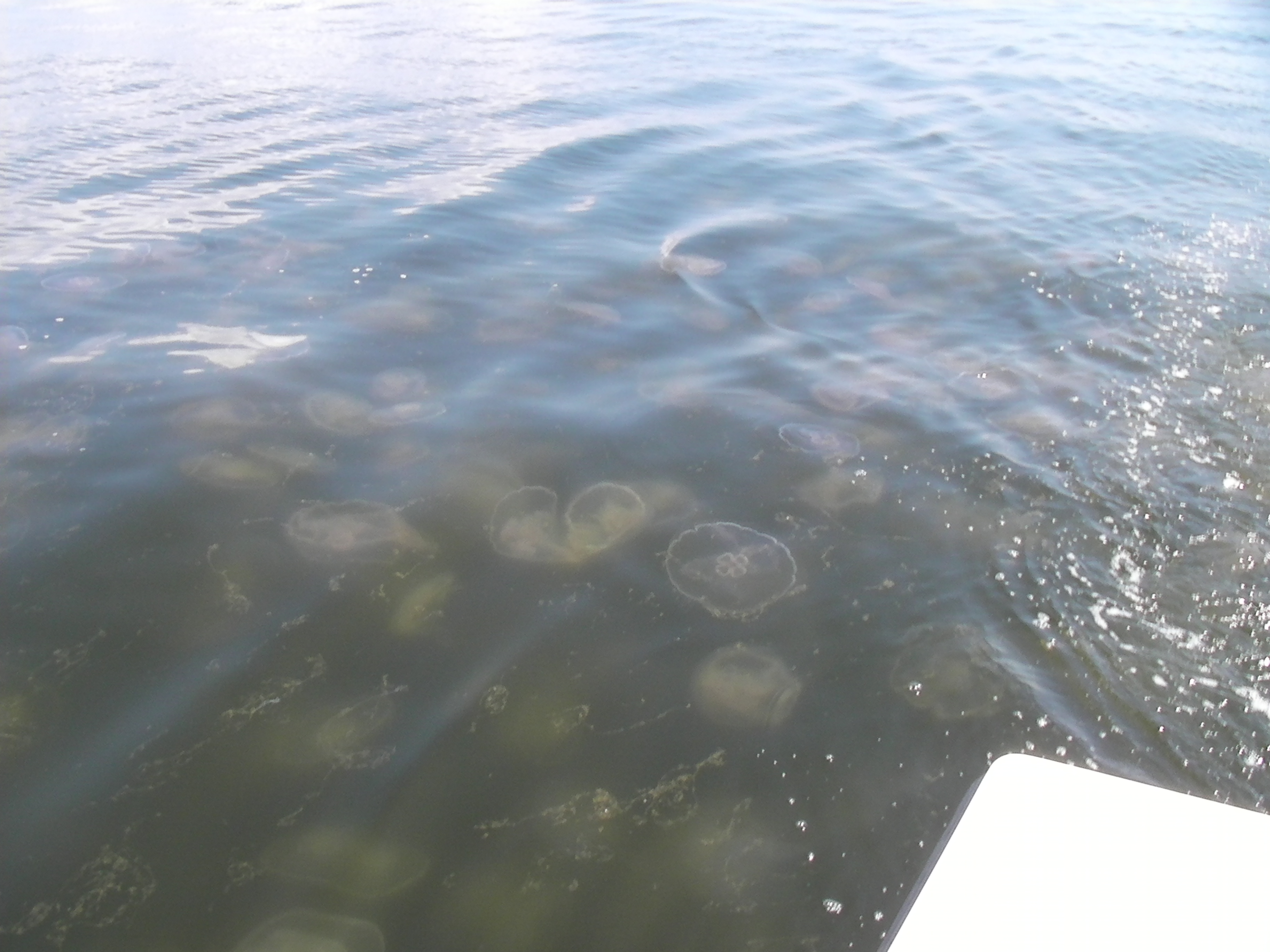
This is very clear water. However, note that the water is stained darkly, like a black color.
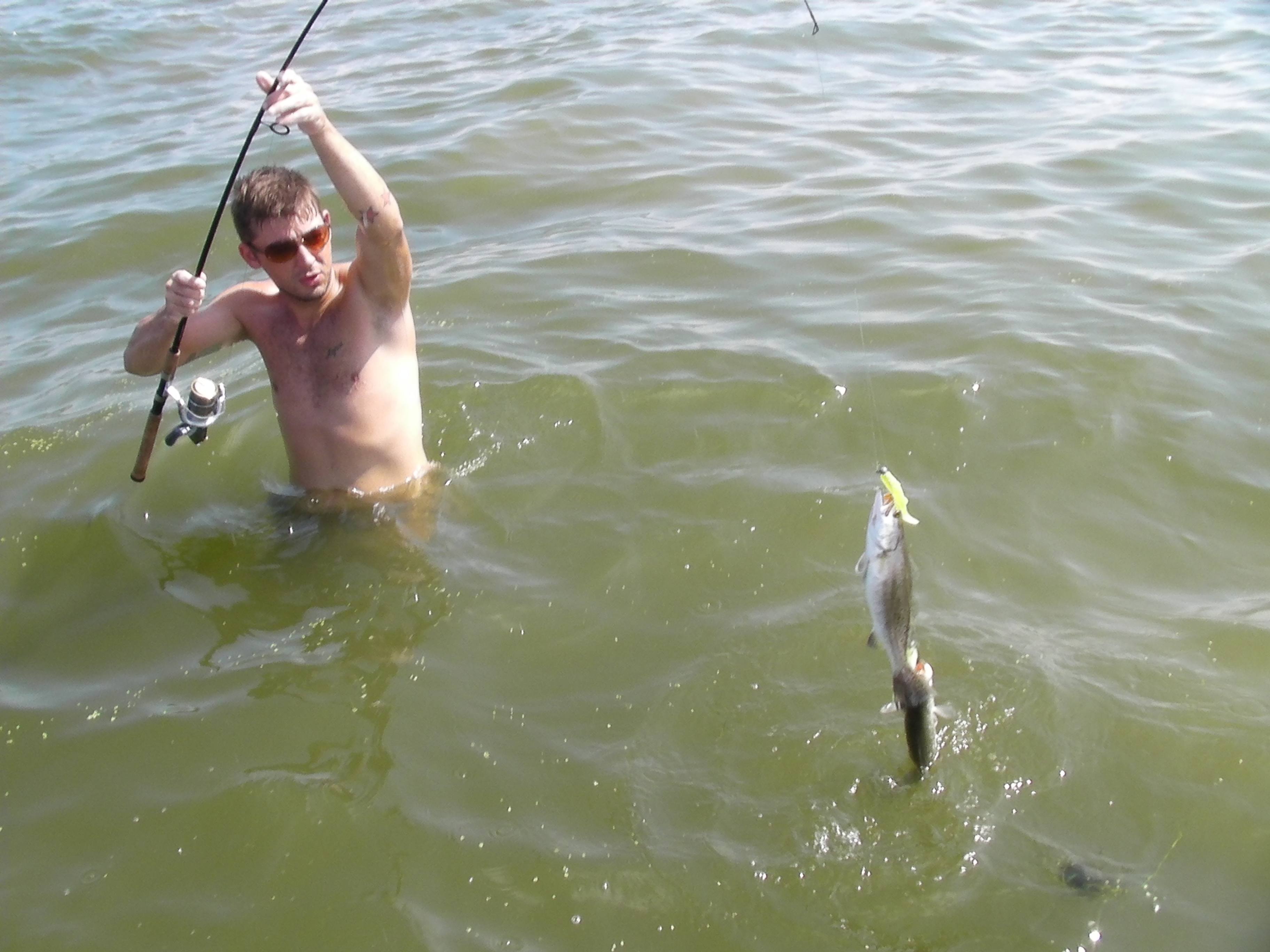
You can see his waistline under the water. Also note the color. This is "trout green" water.
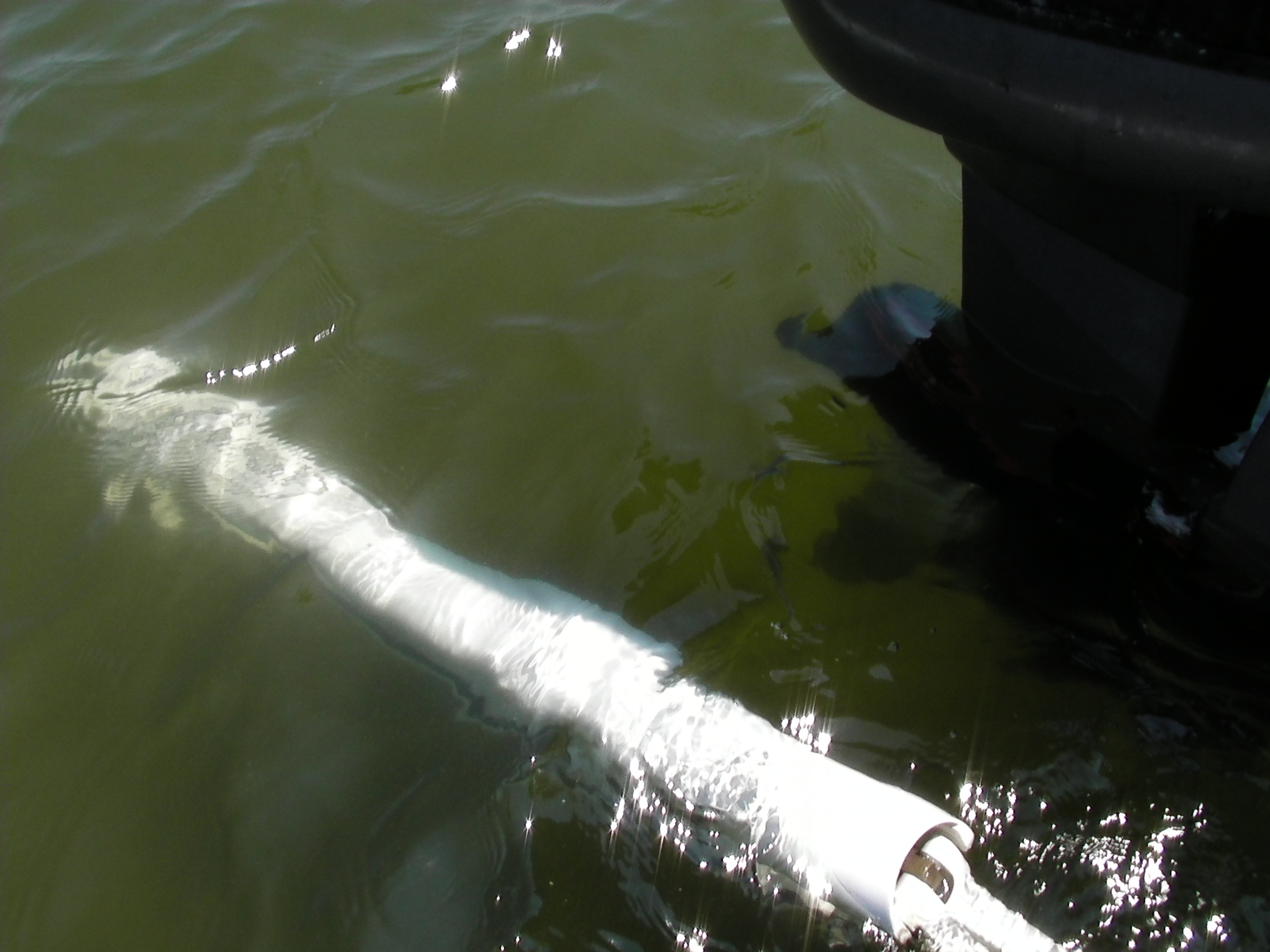
This was some exceptionally clear water. It's argued that it could be "too clear" for trout. I haven't found evidence of this yet.
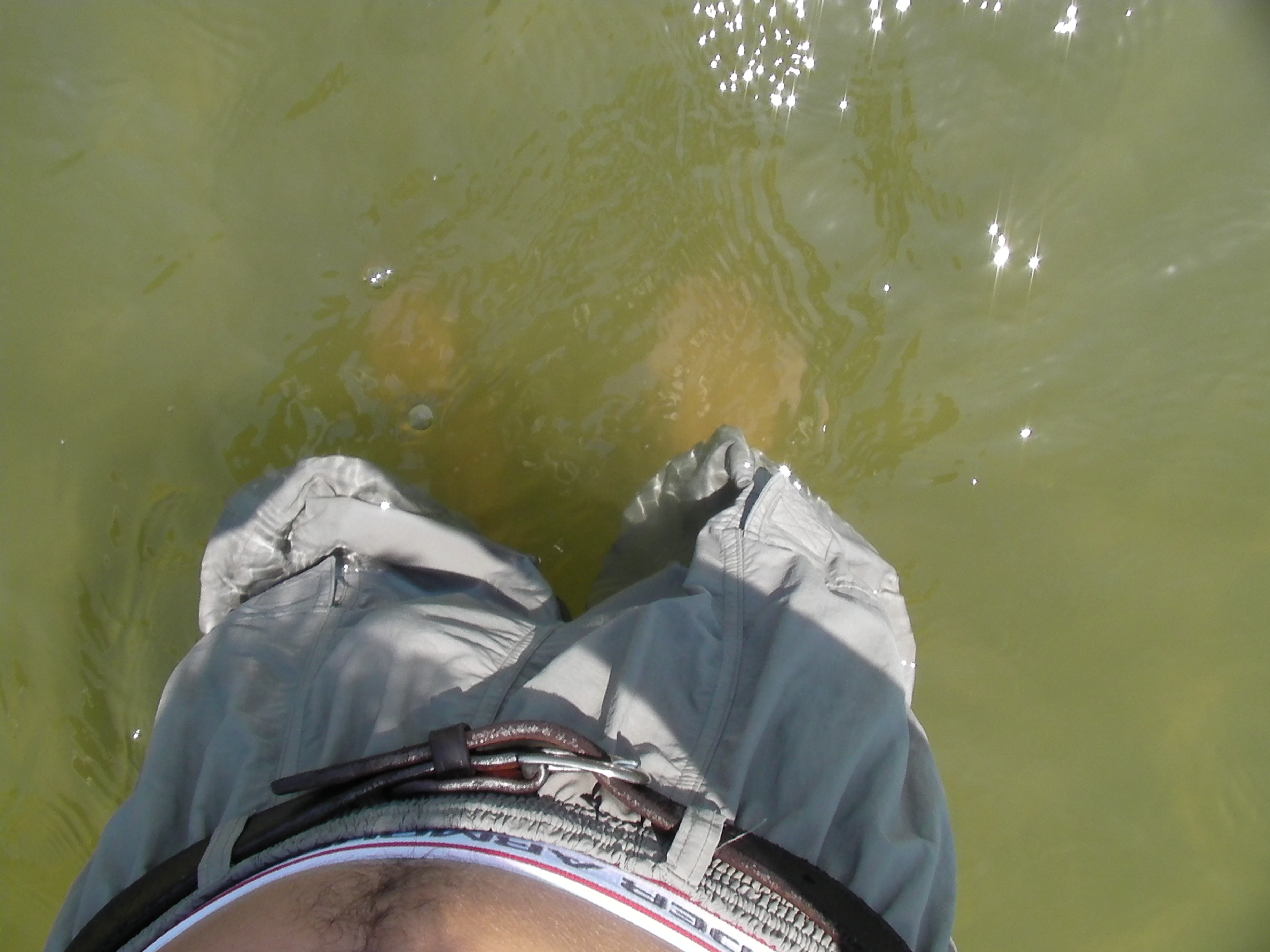
You can see my feet in knee-high water. We caught lots of trout in water like this.
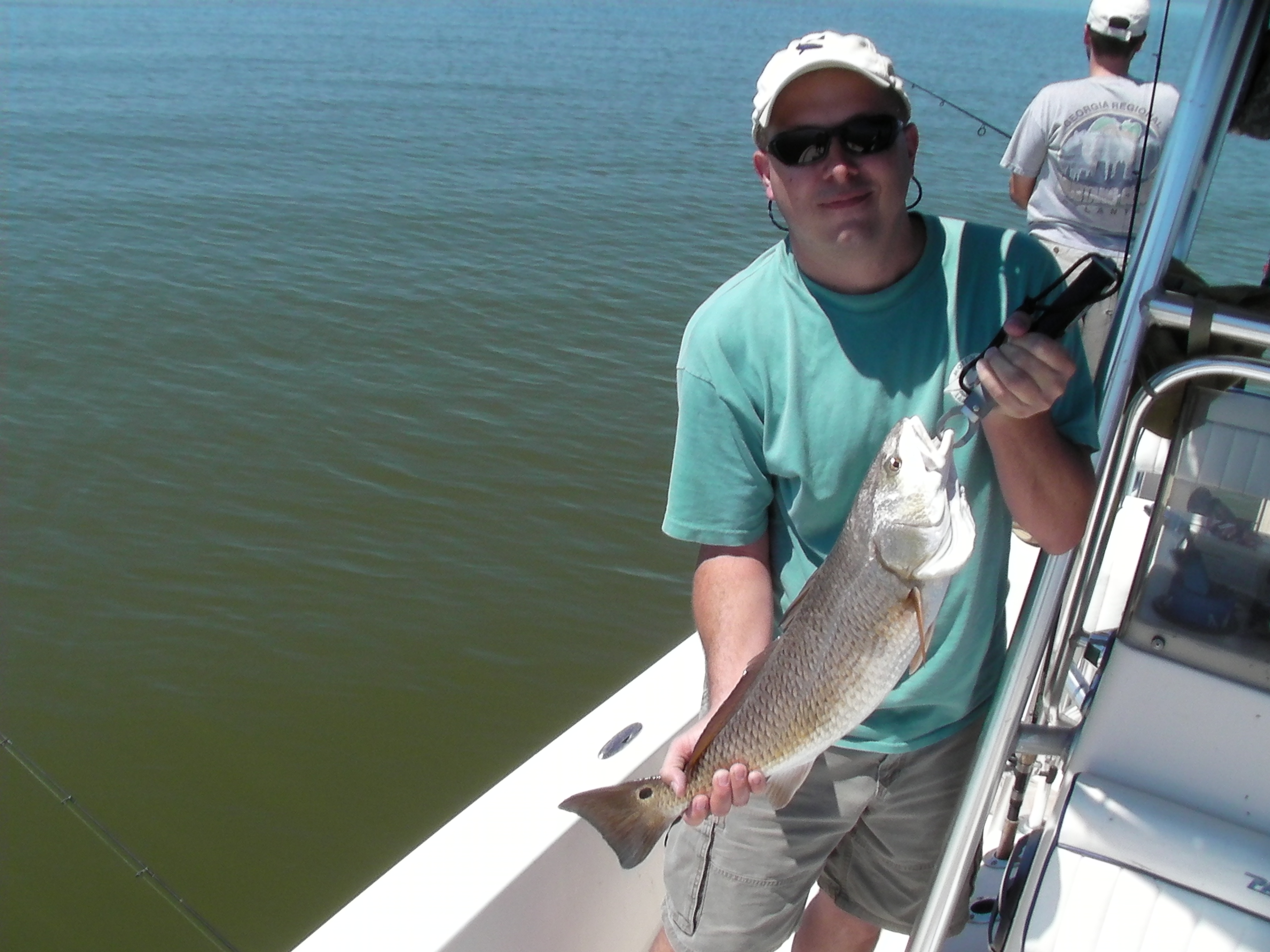
We were slaying these reds in this salty, clean, green water.
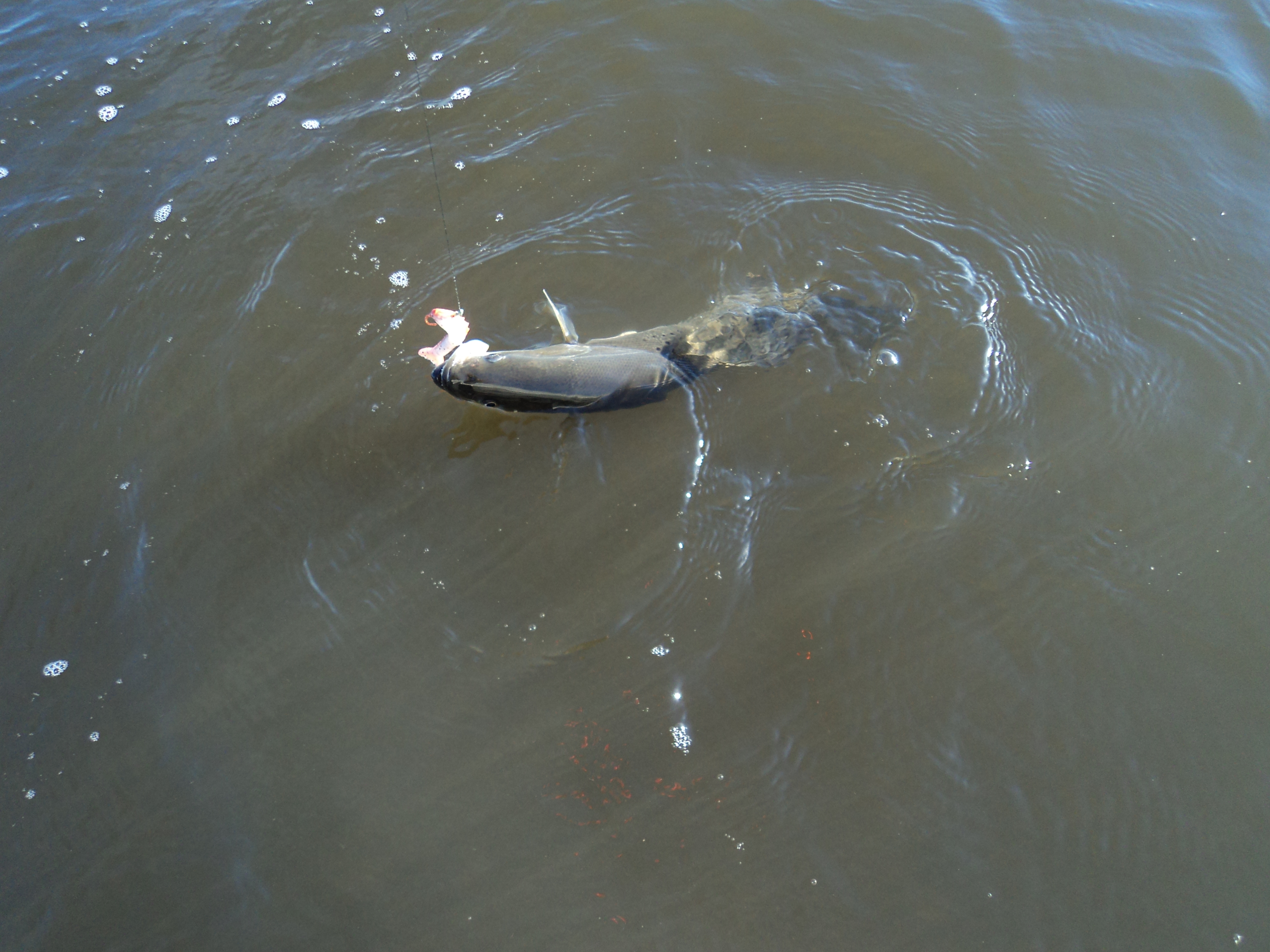
This water isn't as "green" per say, but it was clean and salty, yielding plenty of trout.

Note how well you can see the trout, though he is still partially in the water.
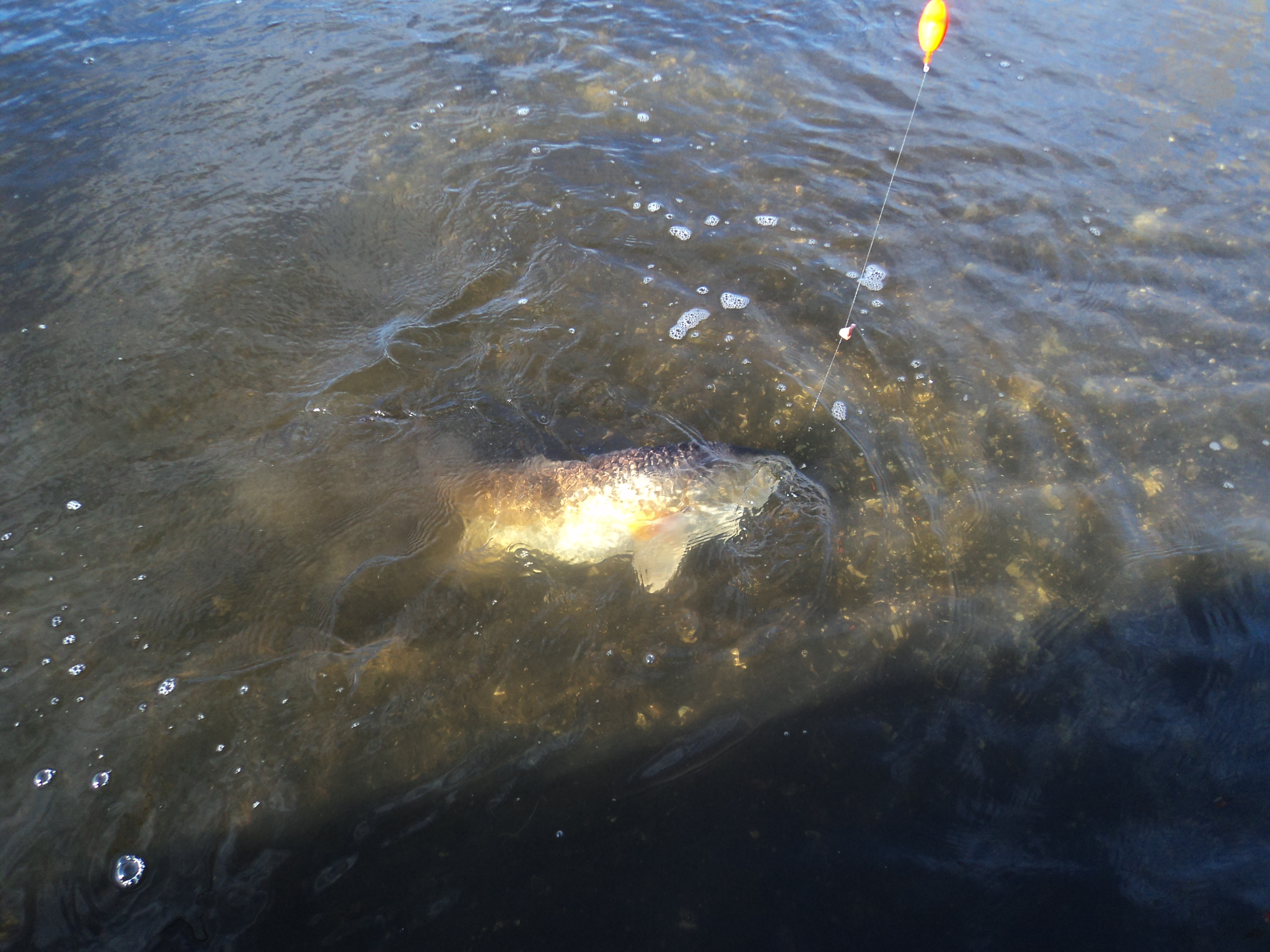
This is a great picture of a redfish, in shallow but clean water over oyster and clam shells.
These are all photos of varying clean water. Undesirable dirty water looks like chocolate milk. Here is an example:
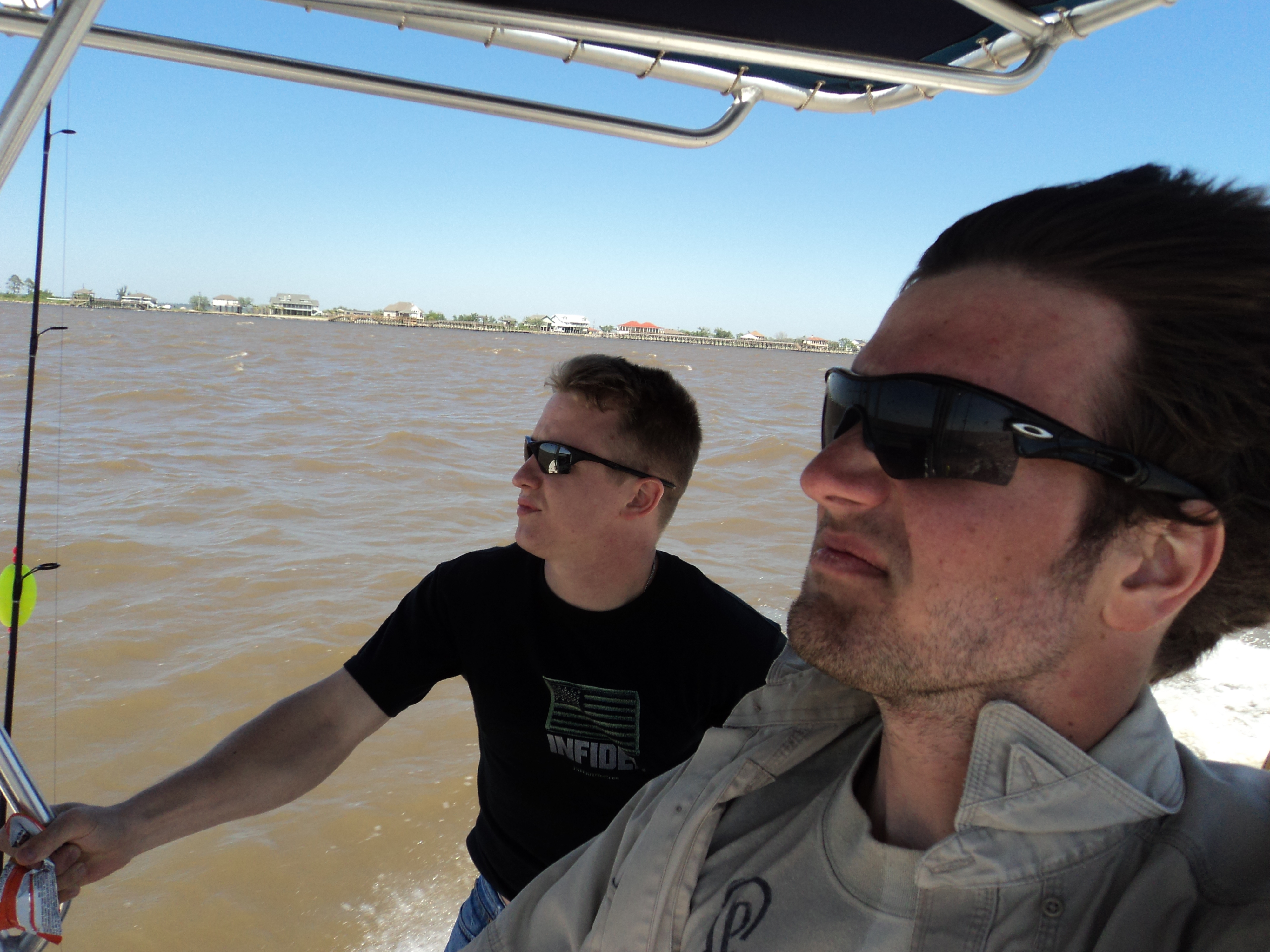
You can see just how brown and dirty the water is as the boat is running.
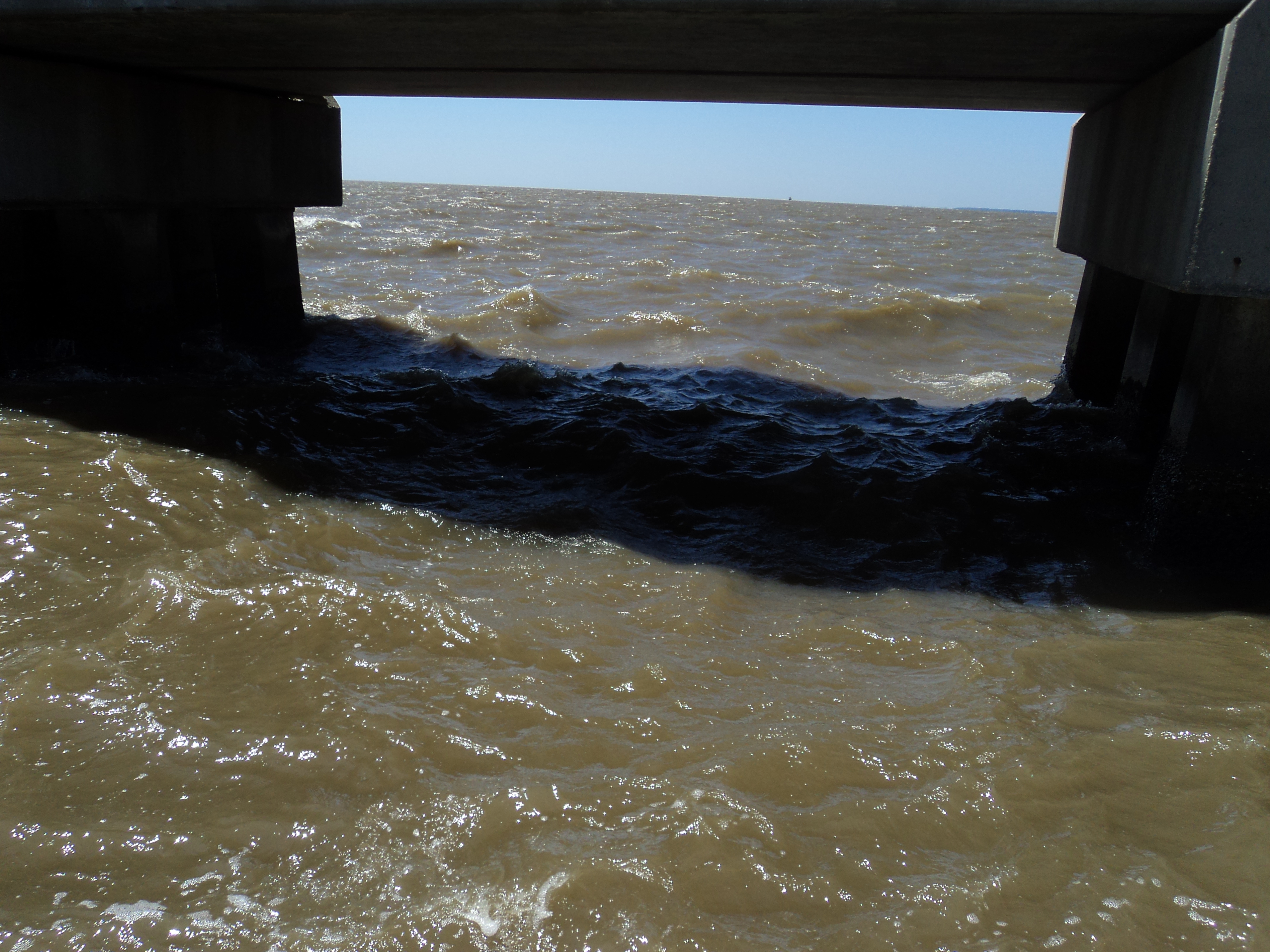
You can see how these 20-25mph winds have stirred up Lake Pontchartrain.
Even if you do find good, clean water, it does not mean that trout are there. This is just one of several factors that involve a great trout bite.
To see more on clear water, check out What Clean Water and Redfish Look Like in Louisiana.
